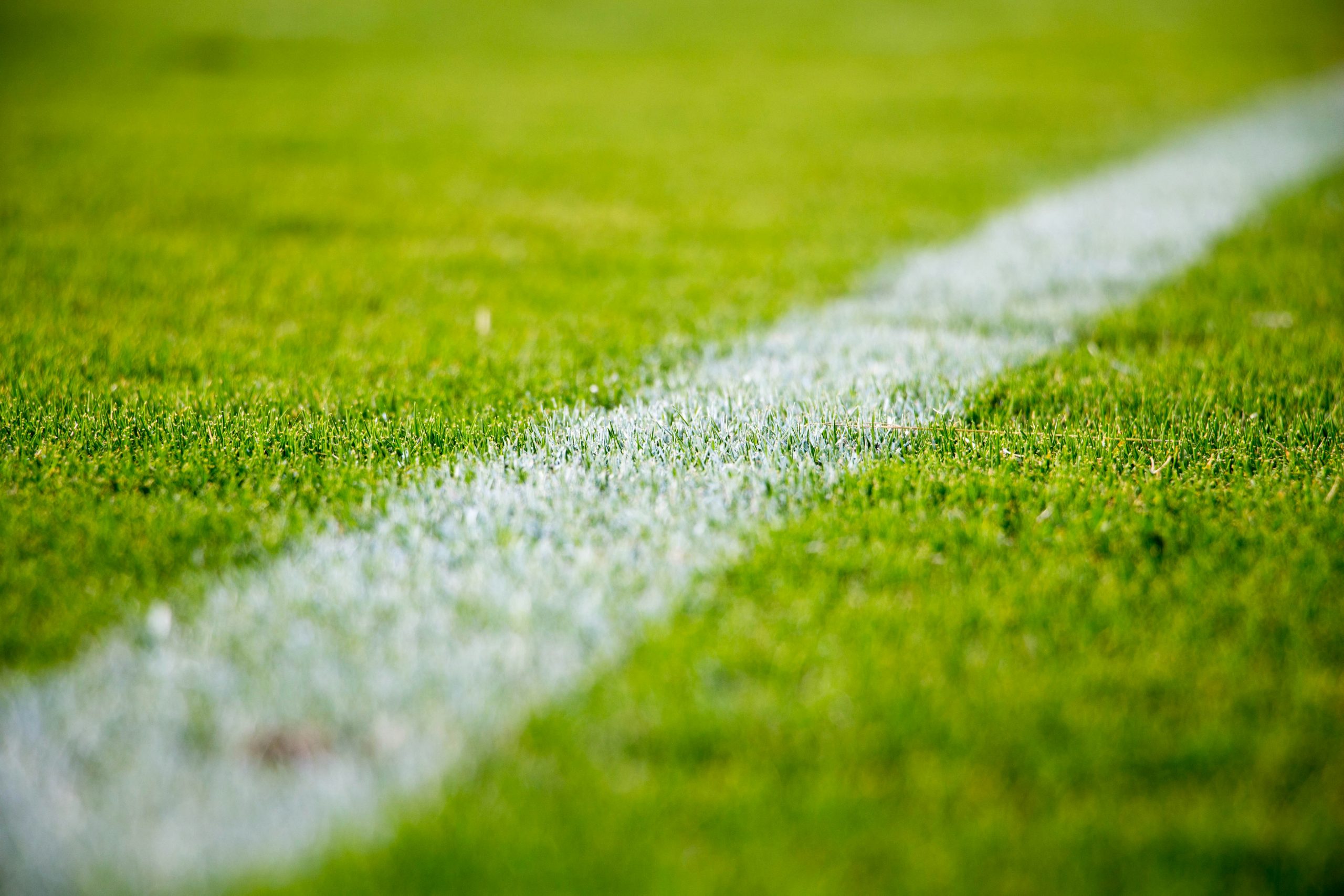
How to Choose the Type of Soccer Field Surface
Choosing the right surface for a soccer field is a crucial decision that impacts the field’s durability, player performance, and long-term costs. Whether you’re responsible for a sports club, school, or municipality, this article will guide you through the key factors to consider to make the right choice.
1. Understanding the Different Types of Surfaces
There are mainly three types of surfaces for soccer fields:
a) Natural Grass
This is the traditional choice for professional soccer fields. Natural grass offers an optimal playing experience, with excellent grip and comfort for players. However, it requires regular maintenance and can be sensitive to weather conditions.
Advantages:
- Comfortable for players (fewer injuries related to the surface).
- Aesthetic and natural feel.
- Ideal for high-level matches.
Disadvantages:
- High maintenance costs (watering, mowing, fertilizing).
- Sensitive to wear and weather conditions.
b) Synthetic Turf
This type of surface is increasingly popular for its durability and low maintenance. Synthetic turf is made of artificial fibers that mimic the appearance of natural grass.
Advantages:
- Low maintenance costs.
- Resistant to wear and weather conditions.
- Usable year-round, even in rainy weather.
Disadvantages:
- Can be harder on players’ joints.
- High temperatures during hot weather.
- High initial installation costs.
2. Identifying Your Needs and Constraints
The choice of surface primarily depends on the needs and constraints associated with the field. Here are some questions to ask yourself:
a) What is the frequency of field use?
- If the field is used daily, synthetic turf may be more suitable due to its durability and low maintenance.
- For occasional use, natural grass or a stabilized soil field may suffice.
b) What is your budget?
- Installation and maintenance costs vary widely. If you have a limited budget, a stabilized soil field will be the most economical option. However, if you can invest more, synthetic turf can be cost-effective in the long run.
c) What are the players’ needs?
- For professional or semi-professional matches, high-quality natural or synthetic turf will be preferred.
- For schools or amateur clubs, comfort and durability will be priorities.
d) What are the local climatic conditions?
- In humid areas, natural grass can suffer from oversaturation.
- In dry areas, synthetic turf will be more suitable as it does not require watering.
3. Evaluating Long-Term Costs
It is important to consider costs over the entire lifespan of the field, not just the initial expenses. Here are some factors to keep in mind:
Installation Costs
- Natural grass is cheaper to install than synthetic turf, but the latter has a longer lifespan.
Maintenance Costs
- Natural grass requires constant maintenance: watering, mowing, and disease treatments.
- Synthetic turf, on the other hand, only requires regular cleaning and periodic replenishment of infill materials.
Lifespan
- Natural grass needs to be replaced more frequently, especially with intensive use.
- Well-maintained synthetic turf can last up to 10 years or more.
4. Considering Environmental Aspects
The choice of surface can also have environmental impacts. For example:
- Natural grass contributes to biodiversity and reduces ambient heat but consumes a lot of water and requires chemicals.
- Synthetic turf does not require water or pesticides but may be less eco-friendly due to its plastic-based manufacturing and end-of-life impact.
Conclusion
Choosing a soccer field surface should be guided by an in-depth analysis of needs, constraints, and available budget. Whether it’s natural grass for an authentic playing experience, synthetic turf for intensive use, or stabilized soil for low-cost projects, each option has its advantages and disadvantages. Take the time to explore all possibilities, do not hesitate to contact us to discuss how we can help you with your project.


